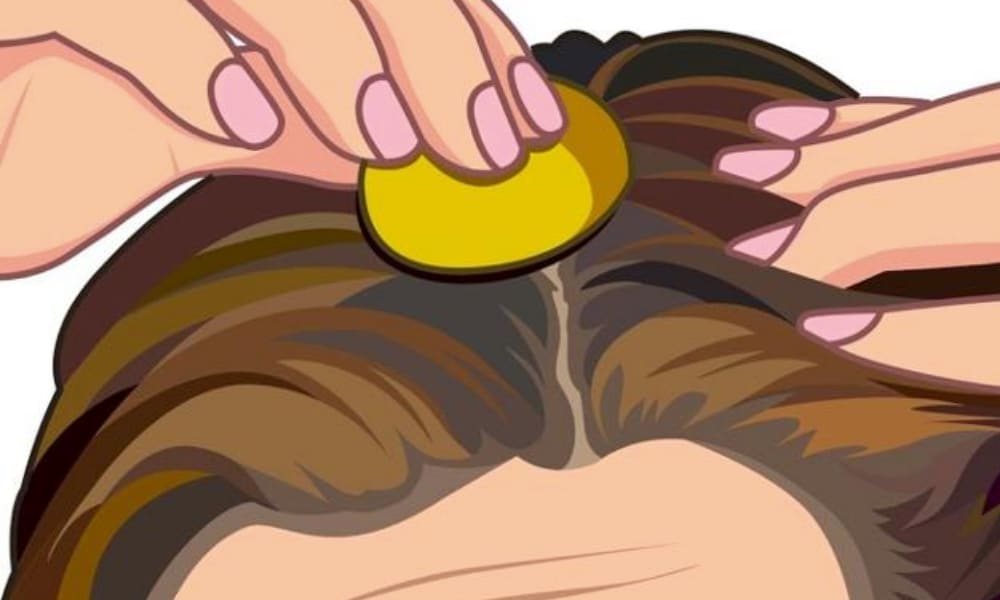Journey into the World of Animal Assisted Therapy: A New Age Healing Technique
Delve into the fascinating world of Animal Assisted Therapy (AAT), a therapeutic intervention that incorporates animals, such as horses, dogs, cats, pigs, and birds, to enhance and complement the benefits of traditional therapy. This article takes you on a journey to explore the historical roots, the recent developments, and the significant role AAT plays in health care today.

Understanding Animal Assisted Therapy
Historically, animals have been indispensable companions to humans, offering emotional support and companionship. The therapeutic use of animals can be traced back to the 9th Century where handicapped people in Gheel, Belgium, were given the responsibility of caring for farm animals to enhance their therapeutic benefits. Fast forward to the 20th century, AAT gained momentum when Boris Levinson, an American child psychologist, discovered the positive effects his dog had on his young patients.
Current Developments in Animal Assisted Therapy
Today, AAT has evolved into a recognized therapeutic approach, adopted in various healthcare settings like hospitals, nursing homes, and mental health facilities. It is employed to help a wide range of conditions including autism, dementia, depression, and physical disabilities. The trend of incorporating miniature horses in therapy sessions is a recent development that has gained popularity due to their calm demeanor and long lifespan.
The Market Impact of Animal Assisted Therapy
AAT is a burgeoning field with an increasing demand for trained therapy animals and certified practitioners. The market size for AAT is growing significantly. According to a survey by the American Pet Products Association, Americans spent over $95 billion on their pets in 2019, with a considerable portion diverted towards pet therapy services. The market is expected to grow at a steady pace due to rising awareness about the therapeutic benefits of animals.
Backed by Solid Research
Numerous studies have validated the benefits of AAT. The American Heart Association published research indicating that interaction with pets can lower blood pressure, heart rate, and cholesterol levels. Another study published in the Journal of Clinical Psychology found that AAT significantly reduced symptoms of post-traumatic stress disorder in veterans.
Balancing Depth and Accessibility
Understanding AAT requires a comprehension of both the psychological and physiological benefits of human-animal interaction. However, the essence of AAT lies in the simple joy and unconditional love that animals bring into our lives, making this a topic that is as heartwarming as it is scientifically fascinating.
In conclusion, Animal Assisted Therapy is a fascinating realm where love for animals meets the science of healing. Emerging as a potent therapeutic approach, it has the power to transform lives, while reaffirming the timeless bond between humans and animals.




